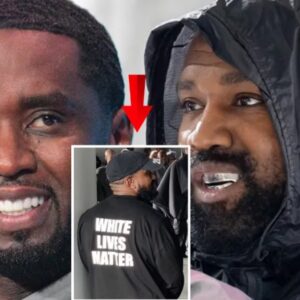The King Cobra One of the most dangerous snakes in the world can “stand up” and stare an adult person in the eye. When confronted, they can lift up to a third of their body off the ground and continue attacking. Fortunately, king cobras are shy and will avoid humans at all costs. They will also flaunt their signature hood and produce a hissing noise that sounds similar to a dog’s growl. King cobras can grow up to 5.5 metres long, making them the longest and deadliest snakes. Their venom is not the most lethal among venomous snakes, but the amount of neurotoxin they can deliver in a single bite of up to two-tenths of an ounce is enough to kill 20 humans or even an elephant.

King cobra venom damages the brain’s respiratory centers, leading to respiratory arrest and heart failure. The rainforests and plains of India, southern China, and Southeast Asia are home to king cobras, and their coloration varies widely from place to place. They are found in a wide range of environments, including forests, bamboo thickets, mangrove swamps, high-altitude grasslands, and rivers. This species feeds primarily on other snakes, both venomous and nonvenomous. They also consume lizards, eggs, and small animals. They are the only snakes on the planet that build nests for their eggs, which they guard fiercely until the hatchlings emerge.

King cobras are perhaps best known as the preferred species of snake charmers in South Asia. Although cobras can hear, they are deaf to ambient noises and instead detect ground vibrations. According to the Smithsonian’s National Zoo, snake charming is “often a tragic con game in which a tired cobra is forced onto the defensive, but conditioned (painfully) not to strike the piper.” The king cobra has been designated as vulnerable to extinction by the International Union for Conservation of Nature. Human activities pose a number of risks to these snakes.

Deforestation has destroyed many of the king cobras’ habitats in Southeast Asia, and they are also captured in large numbers for their skin, food, and medicine. They are also captured for the international pet trade. Humans, who fear their terrifying reputation, also persecute them. The king cobra is a protected species in Vietnam. Protected areas within the snake’s geographic range are expected to provide some protection, and groups like the King Cobra Conservancy aim to better understand the species’ characteristics in order to educate the public and maintain the snake’s environment.

To curb the illegal wildlife trade, the Indian government inserts microchips into captive king cobras, allowing officials to recognize any snakes that have been recently captured and banned.




